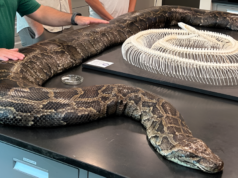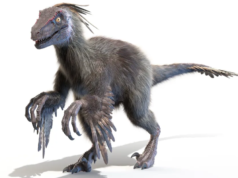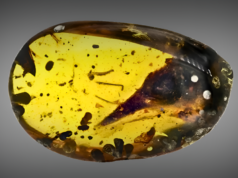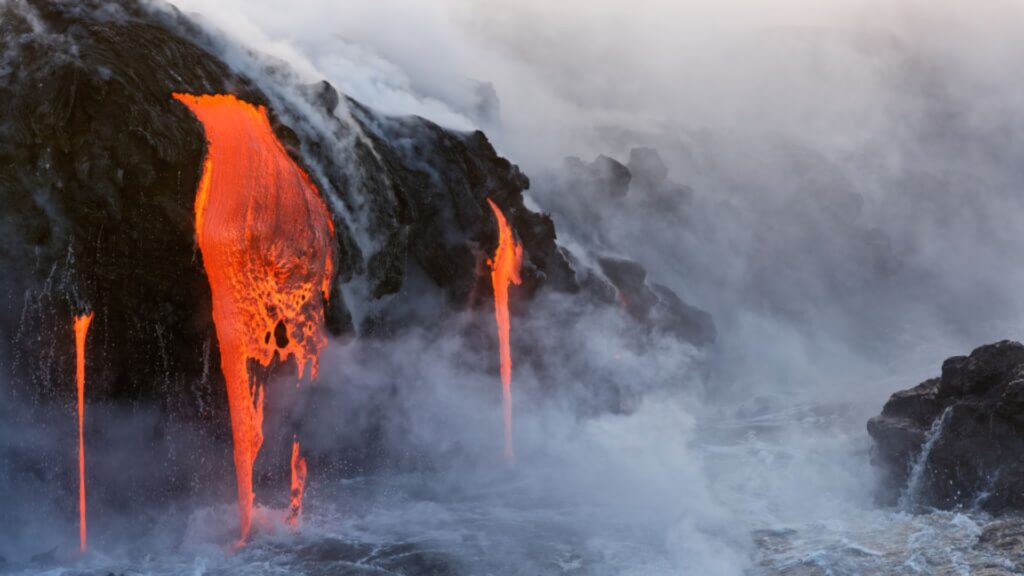
Did you know most volcanic activity happens underwater? These hidden giants beneath the waves create awe-inspiring structures, some towering taller than Mount Everest! Underwater or submarine volcanoes form where tectonic plates meet, or hotspots occur. While many are dormant, their eruptions can trigger tsunamis or affect marine ecosystems. Dive into the world of the 10 largest underwater volcanoes and discover how they’ve shaped Earth’s geology and the potential risks they pose.
Tamu Massif – The World’s Largest Volcano
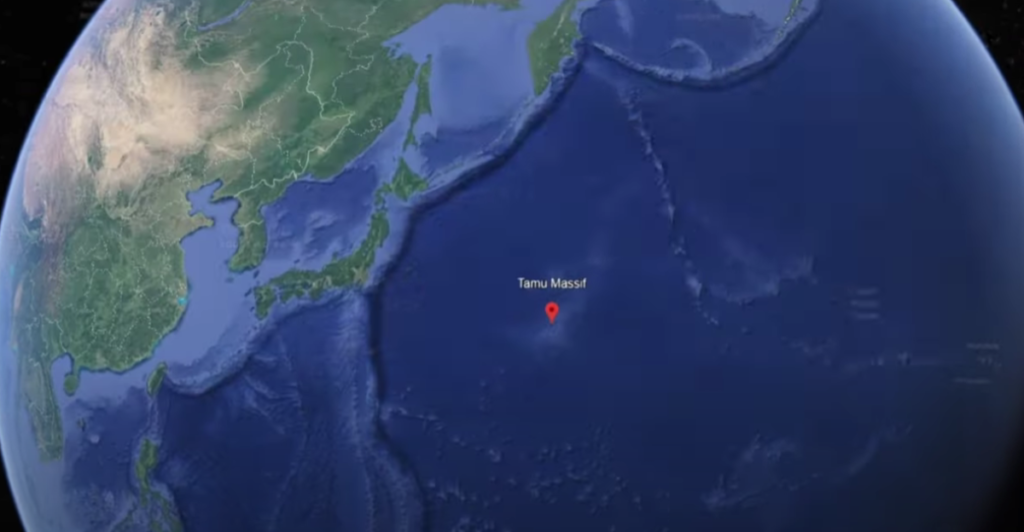
Tamu Massif, located in the Pacific Ocean, is the largest underwater volcano. Spanning approximately 310,000 square kilometers, it’s about the size of New Mexico! Discovered in 2013, Tamu Massif formed around 145 million years ago. Its gently sloping structure resembles a shield volcano. Though dormant for millions of years, studying it helps scientists understand plate tectonics and volcanic activity on a massive scale.
Havre Seamount – A Modern Eruption
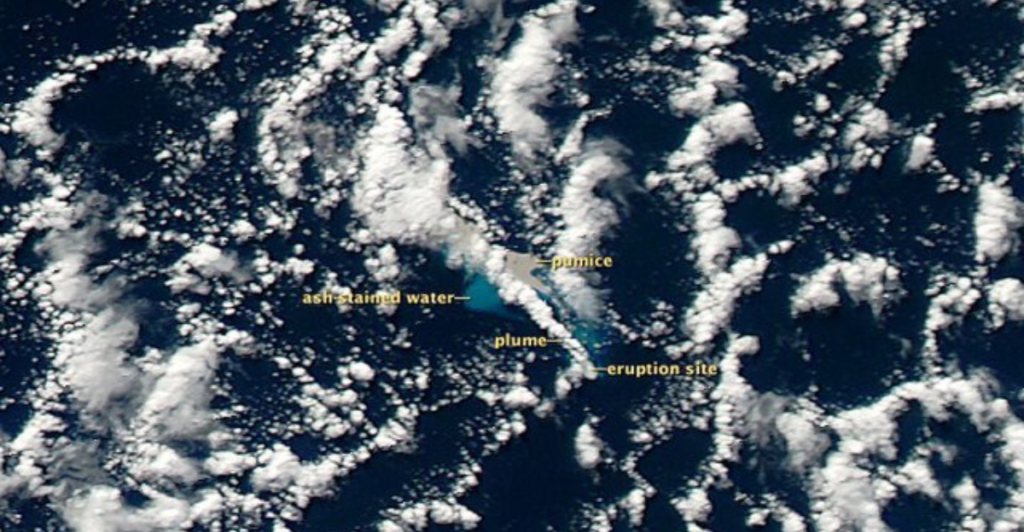
The Havre Seamount lies northeast of New Zealand. 2012, it erupted spectacularly, producing the largest pumice raft ever recorded. This raft, made of lightweight volcanic rock, spanned 400 square kilometers and was visible from space! Despite its remote location, the eruption revealed valuable insights into submarine volcanic processes. It reminded researchers how underwater eruptions can still have significant global effects.
Mauna Loa’s Underwater Roots
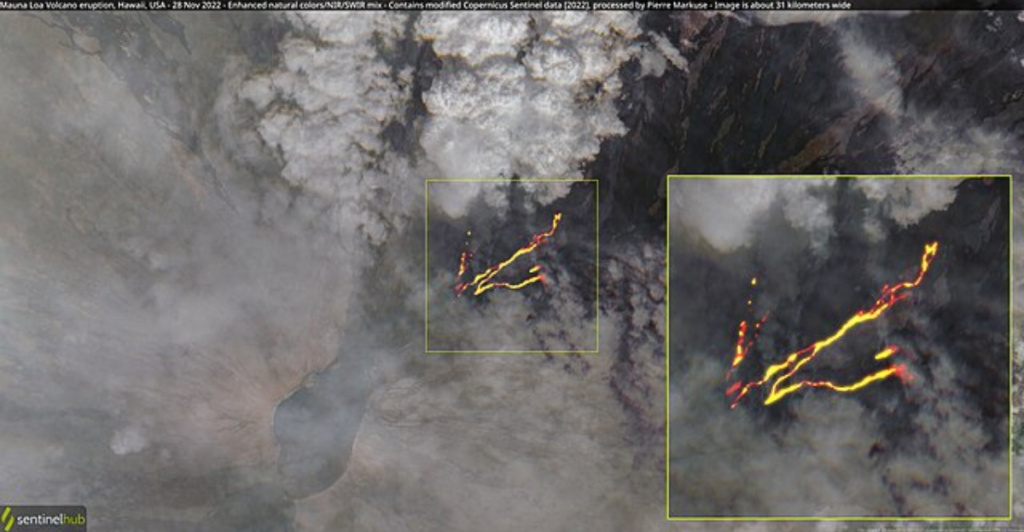
Mauna Loa, the largest volcano on Earth, extends far below the surface into the Pacific Ocean. Its submerged portion covers vast areas, making its full height over 10,000 meters from base to summit. This Hawaiian giant continues to grow, with eruptions reshaping its underwater slopes. Mauna Loa’s submarine base showcases how volcanic islands evolved over millennia, contributing to unique ecosystems.
Axial Seamount – A Research Hotspot
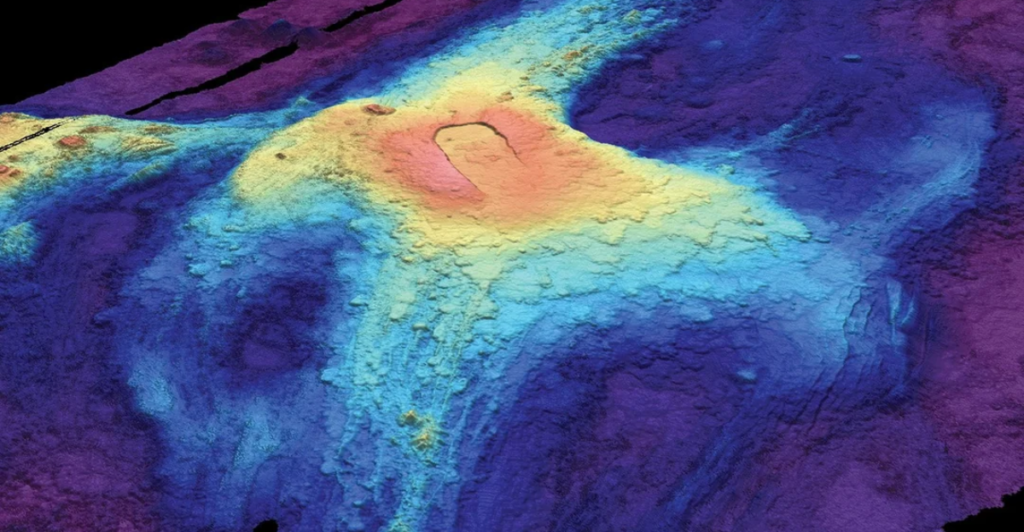
Axial Seamount, off the coast of Oregon, is one of the most studied underwater volcanoes. Regular eruptions, like those in 2011 and 2015, provide opportunities for scientific research. Its summit caldera houses hydrothermal vents teeming with life, making it a key location for studying deep-sea ecosystems. Axial’s frequent activity and accessible location make it invaluable for understanding submarine volcanic dynamics.
Kick ‘em, Jenny – A Caribbean Threat.
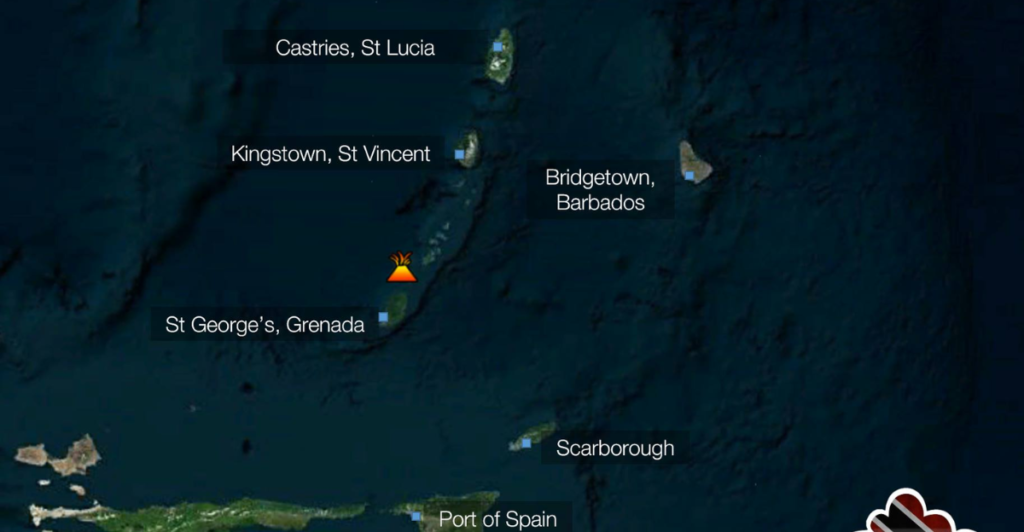
Kick ‘em Jenny, located near Grenada in the Caribbean, is the most active submarine volcano in the region. Since its discovery in 1939, it has erupted multiple times, with its last recorded activity in 2015. Though small compared to others, it’s closely monitored due to its potential to generate tsunamis. Kick ‘em Jenny reminds us of the ongoing volcanic activity beneath our oceans.
Lo‘ihi Seamount – Hawaii’s Growing Island
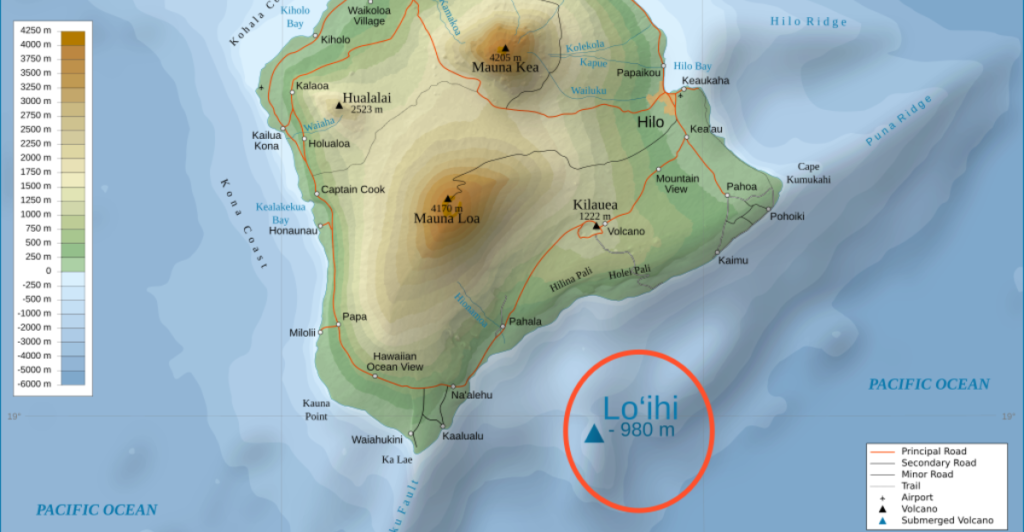
Lo‘ihi Seamount, near the Big Island of Hawaii, is a volcano in its early stages of development. Rising about 3,000 meters above the seafloor, it’s expected to emerge as a new Hawaiian island in the distant future. Lo‘ihi’s eruptions create unique environments for microbial life, offering clues about life’s adaptability. This submarine volcano showcases the dynamic nature of Earth’s crust.
Brothers Volcano – A Geothermal Marvel
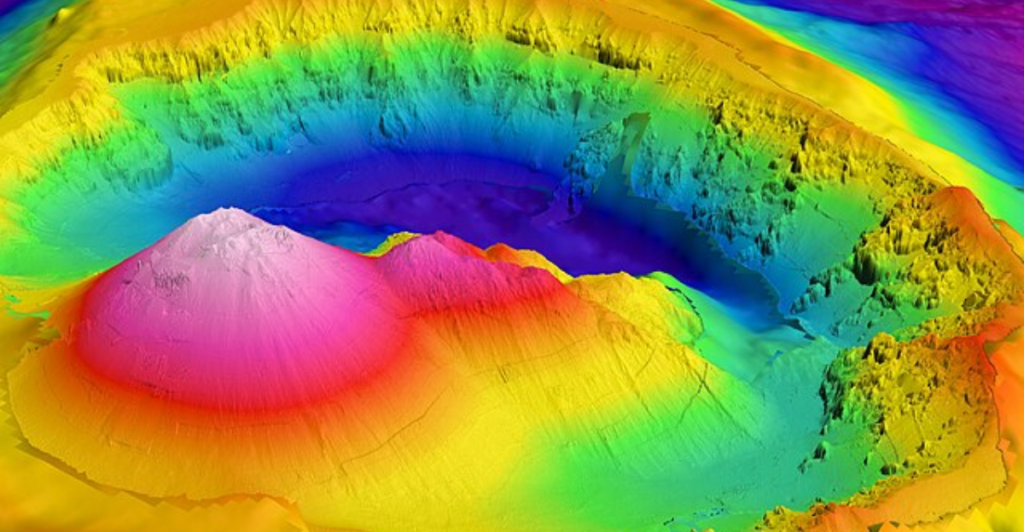
Brothers Volcano, located in the Kermadec Arc near New Zealand, is famous for its geothermal activity. Its caldera hosts hydrothermal vents emitting superheated fluids, creating a unique underwater ecosystem. Brothers Volcano is a hotspot for scientific exploration, with researchers studying its mineral deposits and microbial life. This volcano highlights the connection between volcanic activity and deep-sea biodiversity.
Mariana Volcanic Arc – Deep Ocean Wonders
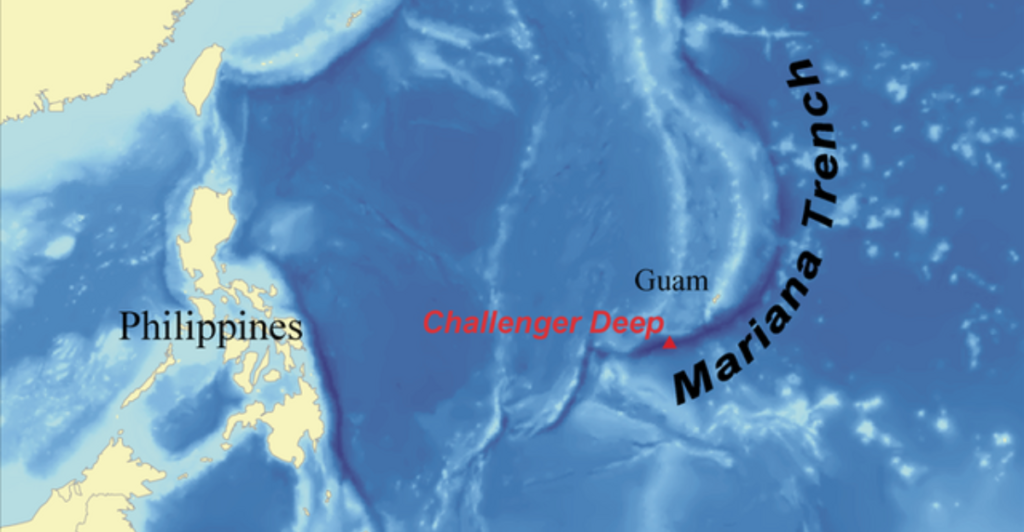
The Mariana Volcanic Arc, part of the Pacific Ring of Fire, is home to numerous underwater volcanoes. Stretching near the Mariana Trench, these volcanoes form one of Earth’s most geologically active regions. Eruptions in this area shape the seafloor and create extreme environments for marine organisms. Studying the Mariana Volcanic Arc reveals the complexities of tectonic activity and its influence on ocean ecosystems.
West Mata Volcano – An Underwater Firework Show
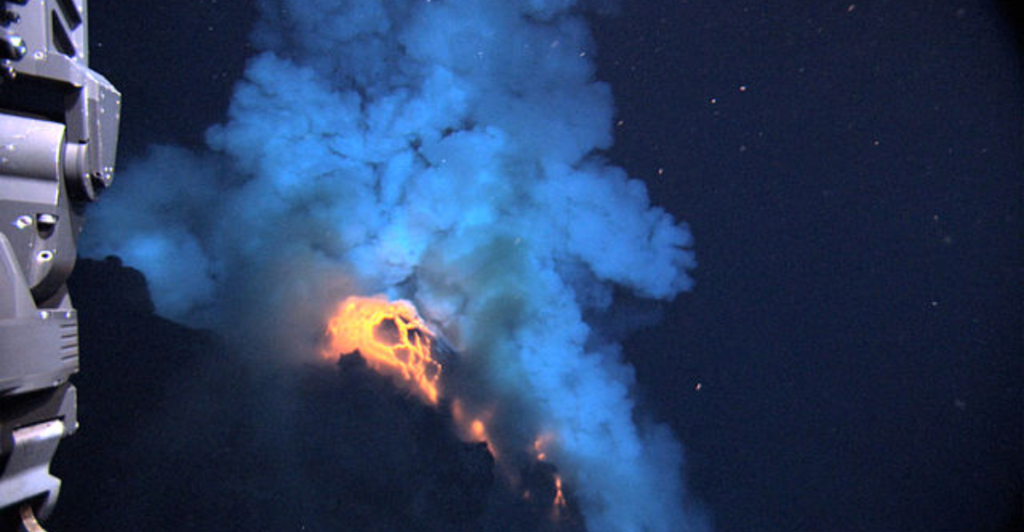
West Mata Volcano, located in the Pacific Ocean near Fiji, was first observed erupting in 2009. Its eruptions produce spectacular sights, with glowing lava visible even in the deep sea. This volcano is one of the few where scientists have witnessed deep-sea volcanic activity in real-time. West Mata’s eruptions provide invaluable data on underwater volcanism and its effects on ocean chemistry.
Kolumbo Volcano – The Aegean Sea’s Hidden Threat
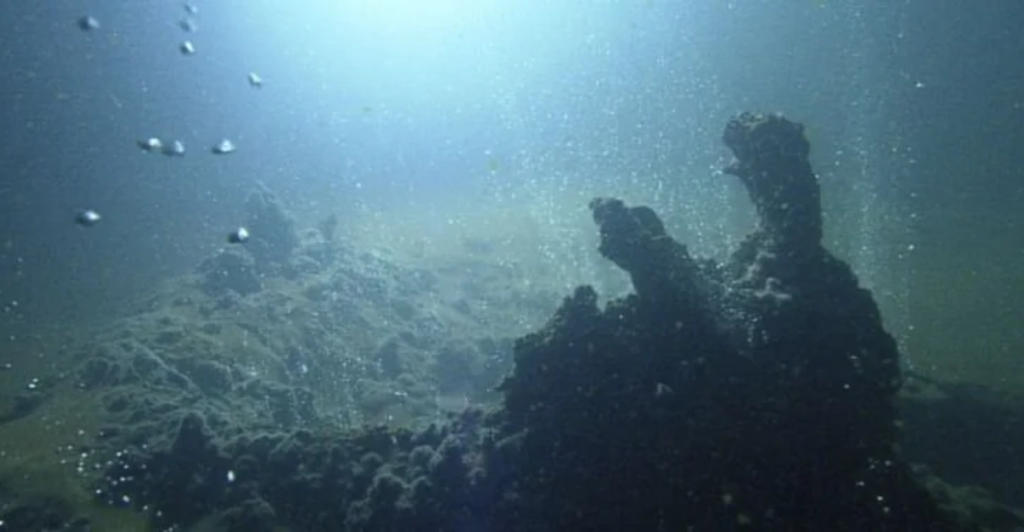
Kolumbo Volcano, near Santorini, Greece, is a submarine volcano with a history of powerful eruptions. Its most significant eruption in 1650 caused widespread devastation. Today, its crater hosts hydrothermal activity and unique marine life. Kolumbo is closely monitored due to its potential risks to nearby coastal areas. This volcano underscores the need for vigilance and research to understand underwater volcanic hazards.
Tonga-Kermadec Arc – A Volcanic Chain
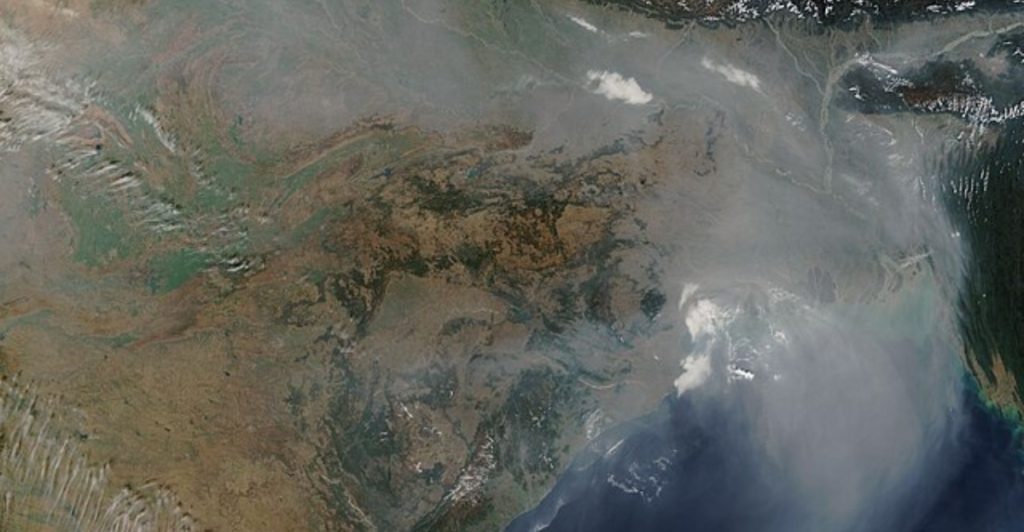
The Tonga-Kermadec Arc stretches over 2,500 kilometers and hosts numerous underwater volcanoes. This region is one of Earth’s most geologically active areas, with frequent eruptions reshaping the seafloor. Hydrothermal vents along the arc create biodiversity hotspots, while seismic activity reveals the dynamic nature of tectonic plate interactions. The Tonga-Kermadec Arc is a living laboratory for studying Earth’s geological processes.
The Power Beneath the Waves
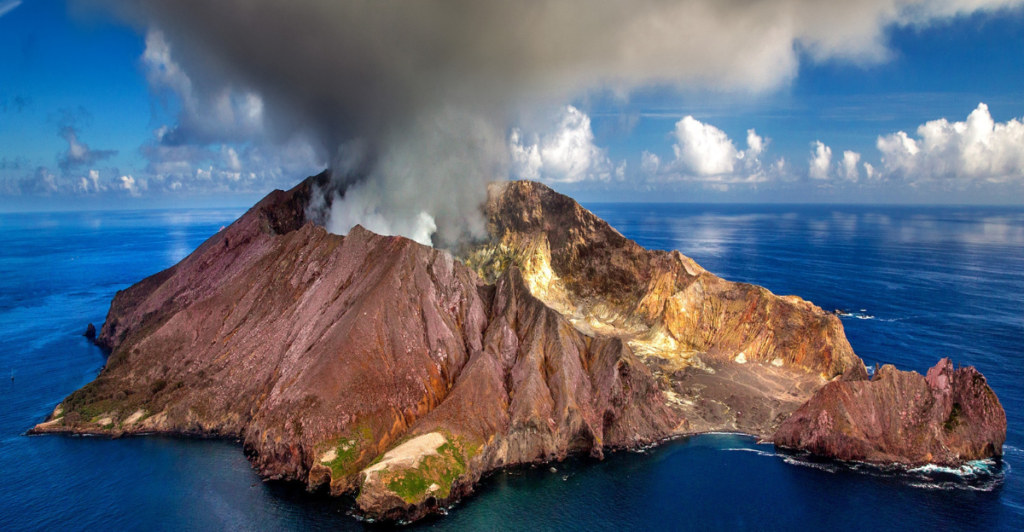
Underwater volcanoes are some of Earth’s most fascinating and powerful natural features. Their impact is immense, from shaping the seafloor to supporting unique ecosystems. While many lie dormant, their potential for eruptions reminds us of our planet’s dynamic nature. Scientists uncover Earth’s past secrets and prepare for future events by studying these hidden giants. Dive deeper into the mysteries of the underwater world to appreciate its wonders and challenges!
Discover more of our trending stories and follow us to keep them appearing in your feed

Meet the Massive Crocodiles That Make Their Homes 40 Feet Underground
Dormant for 800 Years, This American Volcano Is Waking Up
“There Will Be Eruptions”: Concerns Mount as Yellowstone Supervolcano Activity Increases
The 8 Largest Active Volcanoes in the World
Stay connected with us for more stories like this! Follow us to get the latest updates or hit the Follow button at the top of this article, and let us know what you think by leaving your feedback below. We’d love to hear from you!


